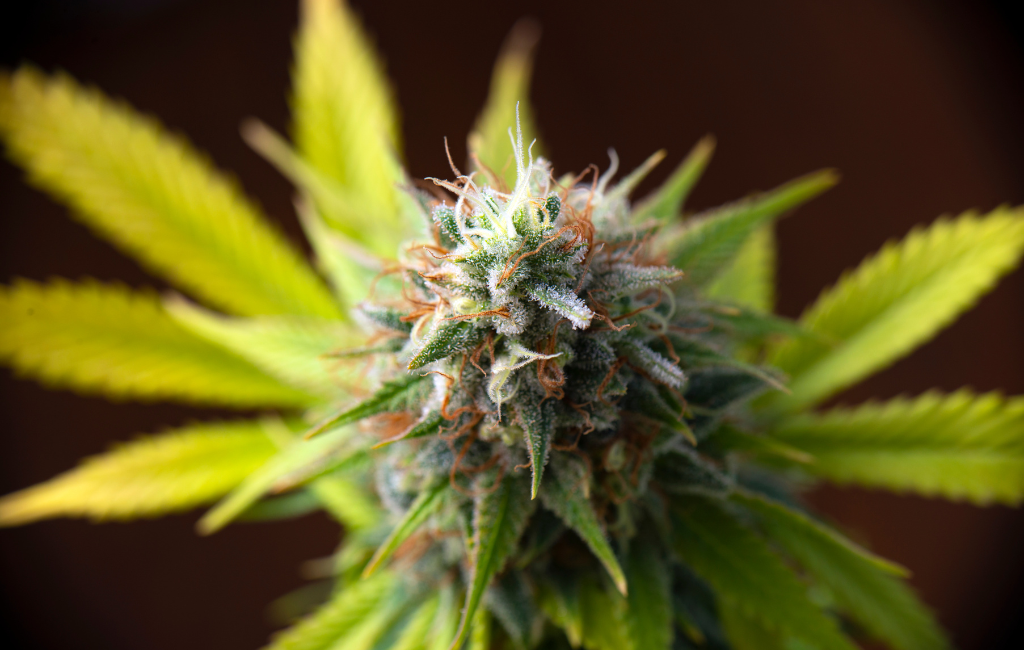Weeds are often seen as the bane of gardeners and farmers alike. These unwanted plants can quickly overrun gardens, fields, and lawns, competing with cultivated plants for nutrients, water, and sunlight. Understanding how to identify weeds is a valuable skill for anyone involved in gardening or agriculture. This guide provides insights into weed identification, offering practical tips and examples to help you recognize and manage these persistent plants.
Understanding Weeds
Weeds are plants that grow where they are not wanted. They can be native or introduced species and often have characteristics that allow them to thrive in disturbed environments. Weeds can be annuals, biennials, or perennials, each with different growth habits and life cycles.
Characteristics of Weeds
Weeds often share certain traits that make them successful competitors:
- Rapid Growth: Many weeds grow quickly, allowing them to outcompete other plants.
- High Seed Production: Weeds often produce a large number of seeds, increasing their chances of spreading.
- Adaptability: Weeds can thrive in a variety of conditions, from poor soil to extreme weather.
- Persistence: Some weeds have deep root systems or can regenerate from small plant parts, making them difficult to eradicate.
Common Types of Weeds
Identifying weeds involves recognizing their unique features. Here are some common types of weeds and their identifying characteristics:
Broadleaf Weeds
Broadleaf weeds have wide, flat leaves and are often easy to spot. They can be annuals, biennials, or perennials.
- Dandelion (Taraxacum officinale): Recognizable by its bright yellow flowers and toothed leaves, dandelions are perennial weeds with deep taproots.
- Plantain (Plantago spp.): These weeds have broad, oval leaves and produce tall flower spikes. They are often found in compacted soil.
- Clover (Trifolium spp.): Clover has trifoliate leaves and small, round flowers. It is a common weed in lawns.
Grassy Weeds
Grassy weeds resemble grass and can be difficult to distinguish from desirable turf.
- Crabgrass (Digitaria spp.): This annual weed has wide, light green blades and spreads quickly in warm weather.
- Quackgrass (Elymus repens): A perennial weed with long, pointed leaves and a creeping growth habit, quackgrass can be challenging to control.
- Foxtail (Setaria spp.): Recognizable by its bushy seed heads, foxtail is an annual weed that thrives in disturbed areas.
Sedges
Sedges are grass-like plants with triangular stems and are often found in wet areas.
- Yellow Nutsedge (Cyperus esculentus): This perennial weed has yellow-green leaves and produces tubers underground, making it difficult to eradicate.
- Purple Nutsedge (Cyperus rotundus): Similar to yellow nutsedge but with darker leaves and purple seed heads.
Methods for Weed Identification
Identifying weeds involves observing their physical characteristics and growth habits. Here are some methods to help you identify weeds:
Leaf Shape and Arrangement
Examine the shape and arrangement of the leaves. Are they broad or narrow? Are they arranged alternately or oppositely on the stem?
Flower Characteristics
Observe the color, shape, and size of the flowers. Some weeds have distinctive flowers that make them easy to identify.
Growth Habit
Consider the growth habit of the plant. Is it a low-growing ground cover, or does it have an upright growth habit?
Root System
Examine the root system. Some weeds have deep taproots, while others have fibrous roots or rhizomes.
Case Studies in Weed Identification
Case Study 1: Identifying Dandelions
A homeowner noticed a proliferation of yellow flowers in their lawn. Upon closer inspection, they identified the plants as dandelions. The toothed leaves and deep taproots confirmed their identification. The homeowner decided to manually remove the dandelions, ensuring the entire root was extracted to prevent regrowth.
Case Study 2: Distinguishing Crabgrass from Lawn Grass
A gardener observed patches of grass with a different texture and color in their lawn. By examining the growth pattern and leaf width, they identified the intruder as crabgrass. The gardener opted for a pre-emergent herbicide to prevent further spread.
Strategies for Managing Weeds
Once weeds are identified, managing them effectively is the next step. Here are some strategies for weed control:
Cultural Control
- Mulching: Applying mulch can suppress weed growth by blocking sunlight.
- Proper Mowing: Regular mowing at the correct height can prevent weeds from setting seed.
- Soil Improvement: Enhancing soil health can promote the growth of desirable plants, reducing weed competition.
Mechanical Control
- Hand Pulling: Removing weeds by hand is effective for small infestations.
- Hoeing: Using a hoe to cut weeds at the soil surface can prevent regrowth.
Chemical Control
- Herbicides: Selective herbicides target specific types of weeds without harming desired plants. Non-selective herbicides can be used for broad-spectrum control.
Conclusion
Weed identification is a valuable skill that can help gardeners and farmers maintain healthy and productive landscapes. By understanding the characteristics and growth habits of common weeds, you can implement effective management strategies to keep these unwanted plants in check. Whether through cultural, mechanical, or chemical means, controlling weeds is an ongoing process that requires vigilance and adaptability. With the right knowledge and tools, you can successfully manage weeds and promote the growth of your desired plants.
